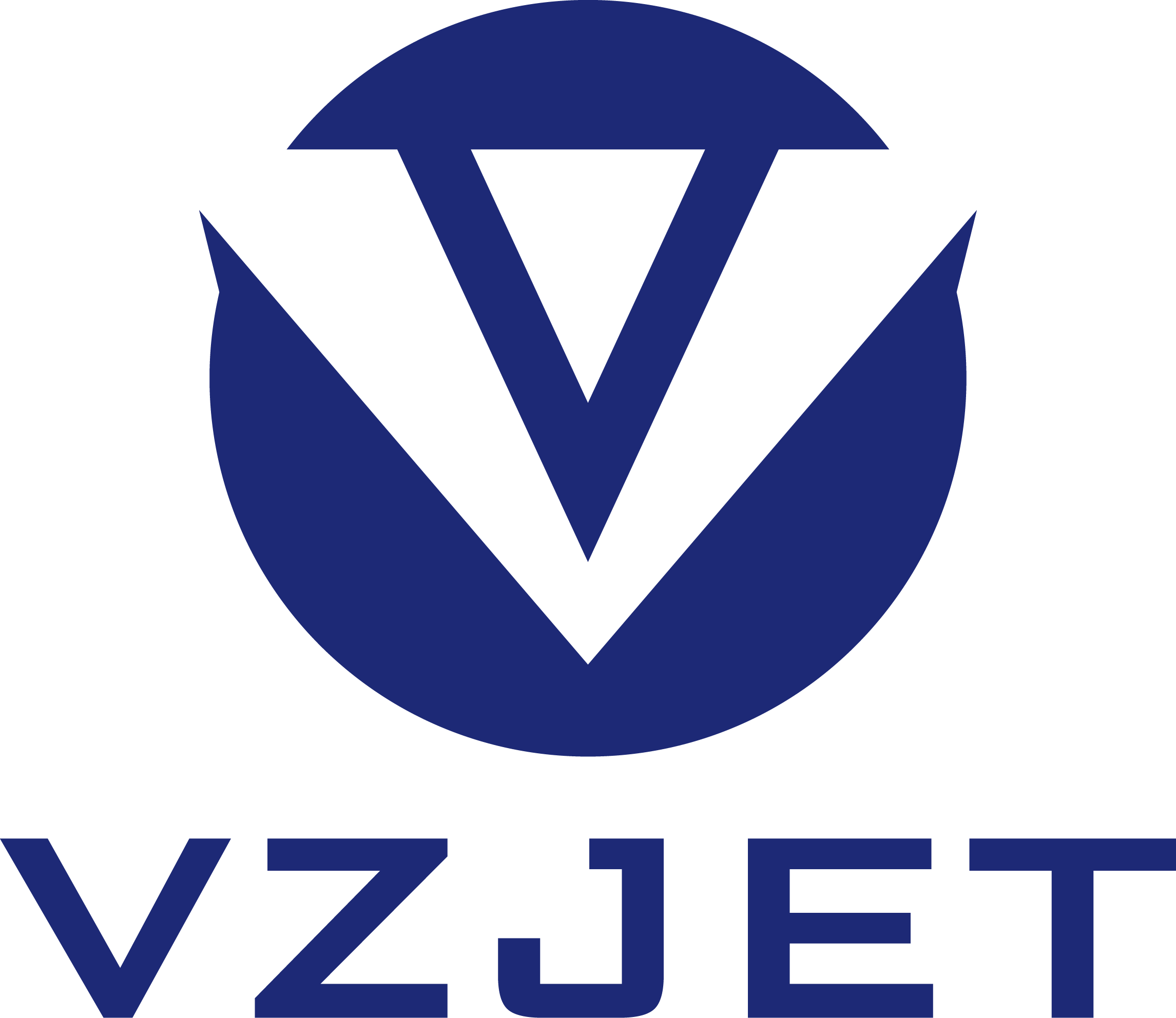Information
The Future of Printing: Exploring Flying Laser Coding Technology
03 Oct,2025
The Future of Printing: Exploring Flying Laser Coding Technology
Table of Contents
- 1. Introduction to Flying Laser Coding Technology
- 2. What is Flying Laser Coding Technology?
- 3. How Does Flying Laser Coding Technology Work?
- 4. Applications of Flying Laser Coding Technology in Various Industries
- 5. Advantages of Flying Laser Coding Technology
- 6. Comparison with Traditional Printing Methods
- 7. Sustainability and Efficiency of Flying Laser Coding
- 8. Future Trends in Printing Technology
- 9. Conclusion
- 10. FAQs about Flying Laser Coding Technology
1. Introduction to Flying Laser Coding Technology
The printing industry is at a pivotal juncture, driven by continuous advancements in technology. One of the most promising innovations reshaping this landscape is **flying laser coding technology**. This cutting-edge technique enables fast, efficient, and high-quality printing on various surfaces, including packaging materials, labels, and products. As companies strive for efficiency and sustainability, understanding this technology is vital for businesses looking to stay ahead of the curve.
2. What is Flying Laser Coding Technology?
Flying laser coding refers to a sophisticated printing method that utilizes laser beams to create high-resolution images and text on moving products or packaging. This technology operates in real time, allowing for on-the-fly coding without interrupting the production process. Unlike traditional printing methods that require stationary setups, flying laser coding can adapt to the speed of production lines, making it an ideal solution for high-volume manufacturing.
### 2.1 Key Features of Flying Laser Coding Technology
- **High-Speed Operations**: Capable of printing at high speeds without compromising quality.
- **Precision and Clarity**: Produces clear, legible codes and images with intricate details.
- **Flexibility**: Can be used on various materials, including plastics, metals, and cardboard.
- **Minimal Maintenance**: Requires less maintenance compared to traditional printing systems.
3. How Does Flying Laser Coding Technology Work?
Flying laser coding technology employs a combination of advanced optics and high-speed motion control systems. The core components include a laser source, a galvo scanner, and a control system. Here’s a breakdown of the process:
### 3.1 The Process of Flying Laser Coding
1. **Laser Emission**: A high-powered laser emits a focused beam.
2. **Beam Steering**: The galvo scanner directs the laser beam to the desired location on the product or packaging surface.
3. **Surface Interaction**: The laser interacts with the material, creating a permanent mark by either removing material or altering its properties.
4. **Real-Time Adaptation**: The system continuously adjusts to the speed of the moving substrate, ensuring that the print is applied accurately.
### 3.2 Types of Lasers Used
- **CO2 Lasers**: Ideal for organic materials like paper and plastic.
- **Fiber Lasers**: Best suited for metals and durable materials.
- **Diode Lasers**: Often used for applications requiring lower power and cost-effectiveness.
4. Applications of Flying Laser Coding Technology in Various Industries
Flying laser coding technology finds applications across multiple sectors due to its versatility and efficiency. Some key industries utilizing this technology include:
### 4.1 Food and Beverage Industry
In the food and beverage sector, flying laser coding is used for printing expiration dates, batch numbers, and barcodes on packaging. The technology ensures that codes remain legible throughout the product's shelf life.
### 4.2 Pharmaceuticals
Pharmaceutical companies leverage flying laser coding for compliance with strict regulations. Precise coding is essential for tracking batches, ensuring patient safety, and maintaining product integrity.
### 4.3 Electronics
In electronics manufacturing, flying laser coding is used for marking serial numbers, logos, and other identifiers on various components. This technology helps maintain quality control and traceability throughout the manufacturing process.
### 4.4 Cosmetics
The cosmetics industry benefits from flying laser coding by applying intricate designs and codes to packaging, enhancing branding while ensuring regulatory compliance.
### 4.5 Automotive Industry
In automotive manufacturing, flying laser coding is used for marking parts and components with essential information such as part numbers and manufacturing dates.
5. Advantages of Flying Laser Coding Technology
Flying laser coding technology offers several advantages that make it an attractive option for businesses:
### 5.1 Increased Efficiency
The ability to print on the fly without stopping production increases overall efficiency and reduces downtime, allowing manufacturers to maximize output.
### 5.2 Cost-Effectiveness
While the initial investment in flying laser coding equipment may be significant, the long-term savings in material costs, labor, and maintenance make it a cost-effective choice.
### 5.3 High-Quality Output
The precision of laser coding ensures that markings are clear, durable, and resistant to fading, providing long-lasting identification.
### 5.4 Reduced Waste
With flying laser coding, the need for consumables such as ink and ribbons is eliminated, leading to reduced waste and a smaller environmental footprint.
6. Comparison with Traditional Printing Methods
When comparing flying laser coding technology to traditional printing methods, several key differences emerge:
### 6.1 Speed and Efficiency
Traditional methods, such as inkjet and thermal printing, often require setup time and can slow down production. In contrast, flying laser coding can keep pace with high-speed production lines.
### 6.2 Quality and Clarity
Flying laser coding produces sharper and more precise prints compared to traditional methods, particularly for intricate designs and small font sizes.
### 6.3 Environmental Impact
Traditional printing methods often rely on consumables that contribute to waste. Flying laser coding reduces reliance on inks and solvents, making it a more environmentally friendly option.
### 6.4 Maintenance and Upkeep
Flying laser coding systems typically require less maintenance than traditional printers, resulting in lower operational costs over time.
7. Sustainability and Efficiency of Flying Laser Coding
As sustainability becomes a critical focus for businesses, flying laser coding technology aligns well with environmental goals. By reducing waste and eliminating the need for consumables, companies can significantly lower their ecological impact.
### 7.1 Energy Efficiency
Modern flying laser coding systems are designed to be energy-efficient, consuming less power compared to traditional printing methods, contributing further to sustainability efforts.
### 7.2 Longevity of Marks
The durability of laser-printed markings ensures that products maintain their identification without the risk of fading, which can lead to product recalls and waste.
8. Future Trends in Printing Technology
The printing industry continues to evolve, and flying laser coding technology is at the forefront of these advancements. Several trends are likely to shape its future:
### 8.1 Integration with IoT
The integration of flying laser coding with Internet of Things (IoT) technology will allow for smarter manufacturing processes, where real-time data can optimize printing operations.
### 8.2 Expanded Material Compatibility
Future developments may see flying laser coding technology adapted for a broader range of materials, enhancing its applicability across various industries.
### 8.3 Enhanced User Interface
As technology advances, user interfaces for flying laser coding systems will become more intuitive, making it easier for operators to control and monitor printing processes in real time.
### 8.4 Automation and Robotics
The incorporation of automated systems and robotics will streamline the printing process further, reducing human intervention and increasing precision in manufacturing.
9. Conclusion
Flying laser coding technology represents a significant leap forward in the printing industry, offering unparalleled speed, efficiency, and quality. As various industries continue to adopt this cutting-edge technology, businesses can expect to see enhanced productivity, reduced costs, and a commitment to sustainability. The future of printing is bright, and flying laser coding is leading the charge toward innovative, efficient, and environmentally friendly solutions.
10. FAQs about Flying Laser Coding Technology
### FAQ 1: What is the lifespan of laser-printed codes?
Laser-printed codes are highly durable and can last for the lifespan of the product, resisting fading and damage from environmental factors.
### FAQ 2: Can flying laser coding be used on all surfaces?
While flying laser coding is versatile, its effectiveness can vary by material. It is most commonly used on plastics, metals, and cardboard.
### FAQ 3: How does flying laser coding compare to inkjet printing?
Flying laser coding is generally faster, produces higher-quality prints, and is more environmentally friendly due to the elimination of inks.
### FAQ 4: What industries benefit most from flying laser coding technology?
Industries such as food and beverage, pharmaceuticals, electronics, cosmetics, and automotive significantly benefit from flying laser coding.
### FAQ 5: Is flying laser coding technology expensive to implement?
While initial costs can be high, the long-term savings in materials and maintenance make it a cost-effective solution over time.
03 Oct,2025
Classification:
Information
Latest Contents







